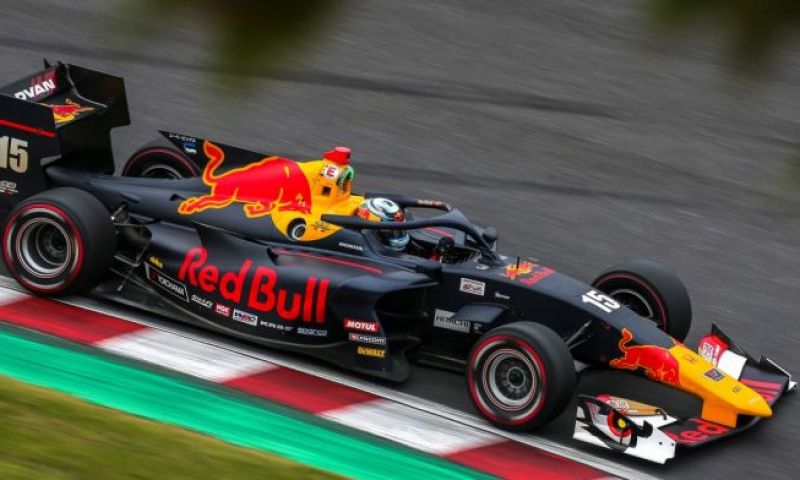Why Red Bull opt to send their young talent to Japan
F1 News

- Nicolás Quarles van Ufford
Today, Aston Martin Red Bull Racing announced Juri Vips, one of the youth program's biggest talents, will be competing in Super Formula in the upcoming season, filling the shoes of Pierre Gasly, Dan Ticktum and Patricio O'Ward. Why have Red Bull opted to let their talents take this route recently?
At the start of the '90s, Super Formula was called the All-Japan Formula 3000 championship. As you can tell from the name, it was a branch of the international Formula 3000, making it relatively easy for drivers to progress. As the decade went on, the championship grew to a serious feeder series for Formula 1. Eddie Irvine was one of the first drivers to make the step up.
In 1996, the championship was renamed as Formula Nippon but still attracted drivers from all over the world. Ralf Schumacher and Pedro de la Rosa both progressed to F1 after clinching the Formula Nippon championship, as did Ralph Firman.
At the start of the century, the series' popularity started going down as an alternative for the GP2 series. It went back to being a championship for Japanese drivers and the odd F1 veteran like Heikki Kovalainen. Red Bull started investing in the series a few years ago, but why?
Adaptability
The only track Super Formula visit which is also on the F1 calendar, logically, is Suzuka. The other tracks are unchartered territory for most European drivers and they would most likely never go back, should they reach F1.
This does allow Red Bull, however, to test the pure speed of any talent. If a driver can immediately hang with the best of them on a track where he's never driven before, that could be an obvious sign you have a supremely talented driver on your hands.
More experienced rivals
For many Japanese drivers, Super Formula is the pinnacle of motorsport. Because there are many works teams, drivers can get paid pretty handsomely as well. This makes it possible for many Japanese and some foreign drivers to be active in Super Formula for many years. Three-time Le Mans winner Andre Lotterer, who currently drives in Formula E, drove in Super Formula for 15 seasons, for example.
So, for a talent like Juri Vips, he'll be at a massive disadvantage when it comes to experience on the Japanese tracks and with the Super Formula cars themselves. If Vips is able to beat these veterans, that could be more telling than a Formula 2 championship would, where most drivers are still work in progress. Because the competition in Japan stays roughly the same each year, it's easier to compare different talents.
Quickest cars after F1
Formula 2 might be the 'official' way of getting ready for F1, but Super Formula is the quickest motorsport in the world after F1. Super Formula cars have slightly less power than F2 cars but are significantly lighter while also having a chassis which generates much more downforce. The cornering speeds, therefore, are tremendous. On Suzuka, Super Formula cars lap just eight seconds slower than F1 cars, if you compare the two pole position times.
Honda connection
Because of the connection Red Bull now has with Honda in Formula 1, it's plausible the team does Honda a favour by having their talents drive in a Japanese championship with a Honda-powered car.